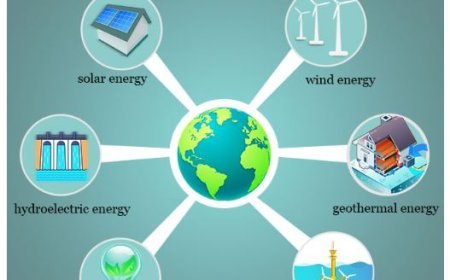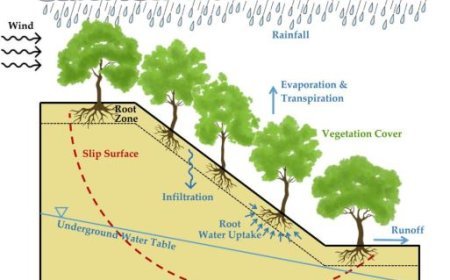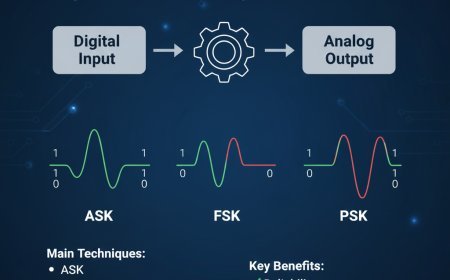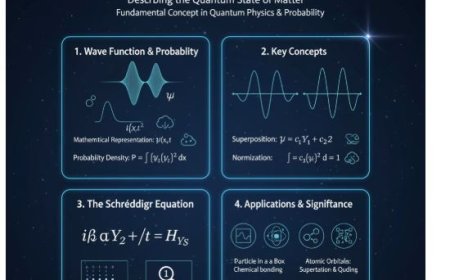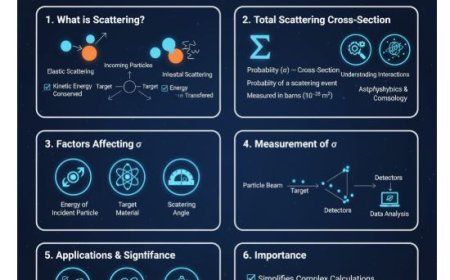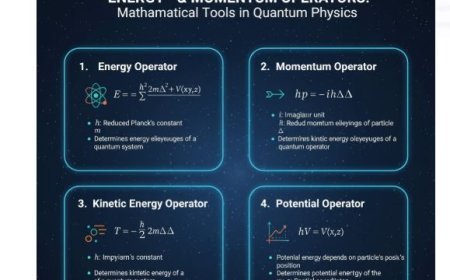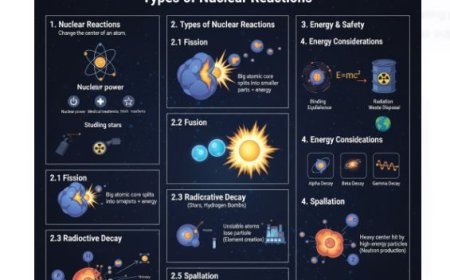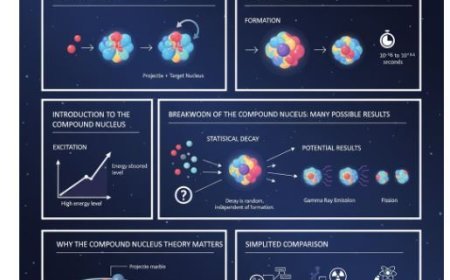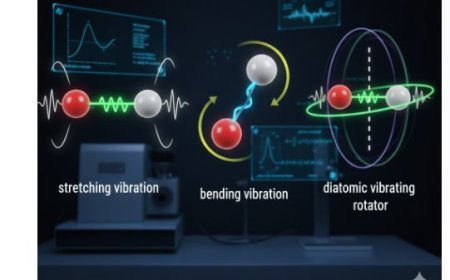Bohr-Wheeler Theory of Nuclear Fission
The Bohr-Wheeler theory of nuclear fission explains how and why heavy atomic nuclei split into smaller fragments, releasing enormous amounts of energy. Developed by Niels Bohr and John Archibald Wheeler, this theory uses the liquid drop model to describe how a nucleus behaves like a charged fluid drop. When a heavy nucleus such as uranium-235 or plutonium-239 absorbs energy, it deforms and eventually splits, producing lighter nuclei, free neutrons, and radiation. The released neutrons can start a chain reaction, the basis for nuclear reactors and atomic weapons. This article explores the key ideas of the Bohr-Wheeler model, the concept of critical deformation, energy release, fission cross-sections, and its importance in both nuclear power generation and global security.
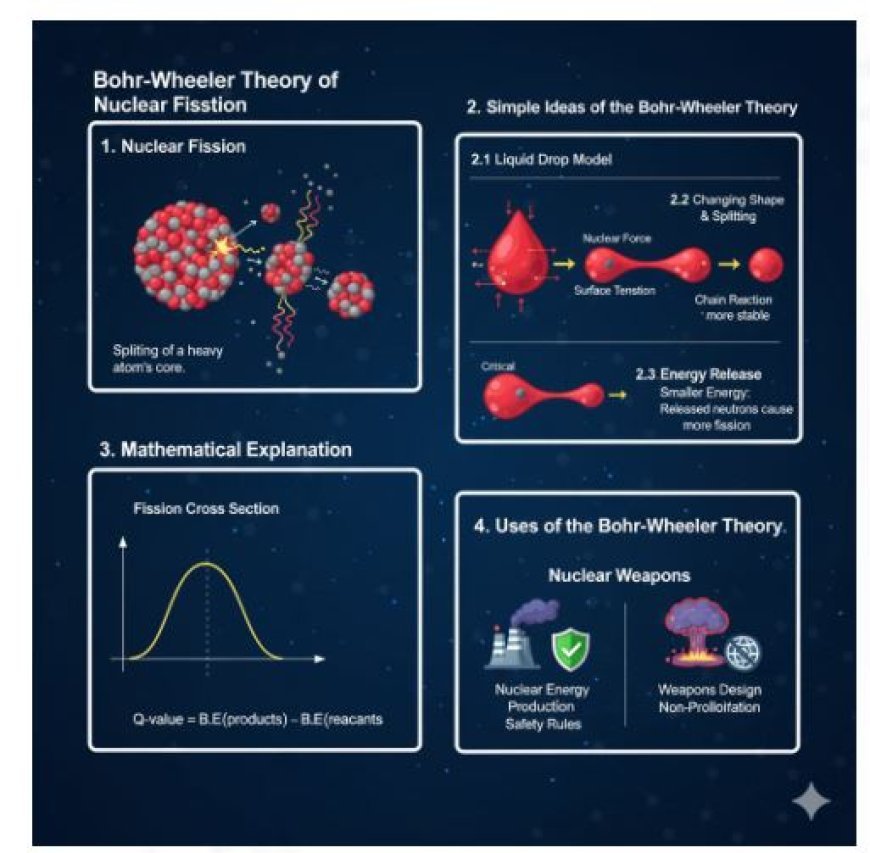
Bohr-Wheeler Theory of Nuclear Fission
Nuclear fission is a basic process that provides energy for nuclear plants and atomic bombs. The Bohr-Wheeler theory was created by two important scientists, Niels Bohr and John Archibald Wheeler, in the late 20th century. It helps explain how a certain process takes place.
1. Nuclear Fission
Nuclear fission is when the core of a heavy atom like uranium or plutonium breaks apart into two or more smaller pieces, releasing energy in the process. This process is important in physics and also has big effects on energy output and weapons.
1.1 Why it’s Important to Understand Nuclear Fission
- Energy Production: Nuclear power plants use fission reactions to make electricity.
- Nuclear Weapons: Knowing more about fission can help create nuclear weapons, which raises worries for global security.
2. Simple Ideas of the Bohr-Wheeler Theory
The Bohr-Wheeler theory focuses on explaining how and why fission happens. Let's look at its parts:
2.1 Liquid Drop Model
A key idea in the Bohr-Wheeler theory is the liquid drop model of the nucleus, which likens the nucleus to a drop of liquid.
- Nuclear Force: Nucleons (protons and neutrons) are kept together by strong forces, similar to how molecules stay together in a liquid drop.
- Surface Tension: The surface of a liquid drop represents the surface energy of the nucleus, which is important when the nucleus starts to change shape.
2.2 Changing Shape and Splitting
The theory suggests that when a heavy nucleus absorbs enough energy, like from a neutron, it can change shape.
- The nucleus changes shape, becoming stretched and looking like a dumbbell.
- Critical Deformation: When deformation reaches a certain point, it can cause the core to become unstable and split into smaller pieces.
2.3 Energy Release
The energy produced during fission is significant.
- Binding Energy: When a nucleus splits, the total binding energy of the smaller nuclei formed is greater than that of the original nucleus. This difference in energy is released as kinetic energy and radiation.
- Chain Reaction: The neutrons that are released can cause nearby nuclei to split as well, creating a chain reaction. This reaction can be managed in power plants or can cause an explosion in weapons.
3. Mathematical Explanation
Engineers and scientists use specific mathematical methods based on the Bohr-Wheeler model to study energy changes during fission.
3.1 Fission Cross Section
- This term refers to the probability of fission occurring when a neutron hits a nucleus.
- A larger cross-section value means a greater chance of fission happening.
3.2 Decrease in Energy
- The energy drop from fission can be analyzed by comparing the binding energies before and after the process.
- This highlights how efficient nuclear fission is in energy production.
4. Uses of the Bohr-Wheeler Theory
This theory has various applications and consequences.
4.1 Nuclear Energy Production
- Reactor Design: Understanding fission helps engineers design reactors that efficiently use nuclear processes to generate energy.
- Safety Rules: Knowledge of fission helps in controlling chain reactions, preventing meltdowns.
4.2 Nuclear Weapons
- Weapons Design: Understanding nuclear reactions helps in designing powerful nuclear weapons.
- Non-Proliferation: Studying these processes is crucial for global security and efforts to prevent the spread of nuclear weapons.
What's Your Reaction?









